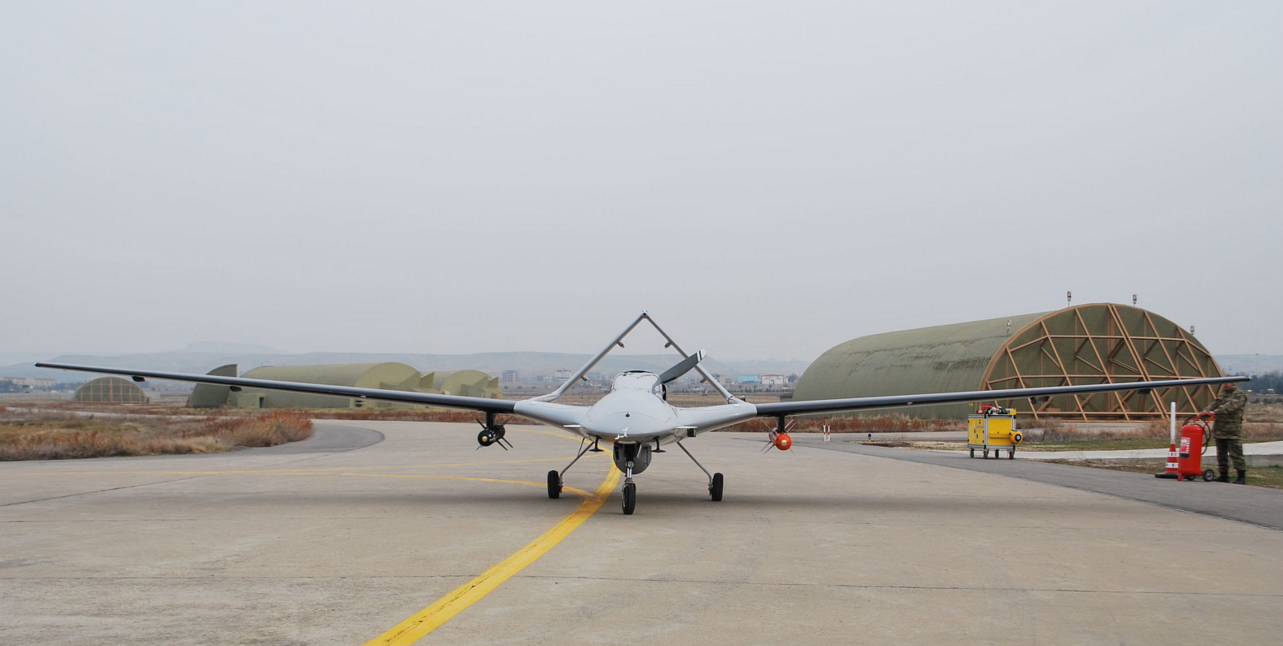2831Views 6Comments

U.S. proposes new rules for global armed drones market
On 25 August, Defense News reported that the U.S. State Department had begun approaching a number of countries – mainly – about the prospect of new international norms to guide the export of armed unmanned aerial vehicles (UAV).
The State Department’s one-page proposal, titled “Proposed Joint Declaration of Principles for the Export and Subsequent Use of Armed or Strike-Enabled Unmanned Aerial Systems (UAS)”, did not call for binding rules, but instead, advocated for measures aimed at generating transparency and discretion in the sale of armed UAVs.
According to Defense News, the proposal called for five key considerations:
- The end user’s standing in terms of international law, especially in terms of human rights;
- The seller’s continued commitment in adhering to existing arms control laws or treaties (e.g. Missile Technology Control Regime or MTCR);
- The possible end user’s “history regarding adherence to international obligations and commitments”
- That sellers offer and maintain transparency in their dealings;
- A commitment to ensure that the sale and use of armed drone capabilities are conducted in responsibly by all countries.
While a State Department official did inform Defense News that the document is a “political commitment” and not a set of legally binding rules, it could be a “first step” towards firmer measures.
Whether that means new export controls (akin to the MTCR) is not known. That said, the U.S. is actively working to secure the support of “as many countries as possible.”
Defense News cited the industry analysis firm Avascent, which believes that the armed UAV market will swell to $1.7 billion U.S. per year by 2024 (from $187 million U.S. in 2014).
Notes, Comments & Analysis:
The growth in the armed UAV market will expectedly generate a larger set of users all over the world, and the U.S., which has played a role on numerous fronts to manage the proliferation of non-conventional military technology, focus to address the risks of such growth was simply a matter of time.
China has been a major beneficiary of this growth. Over the past several years Beijing has secured armed drone sales to a number of countries the U.S. is reluctant to provide armed UAVs to, namely Pakistan, the United Arab Emirates, Iraq, Nigeria, Saudi Arabia and others.
Although Chinese UAV designs, such as the CH-3 and CH-4, are not as capable or sophisticated as the U.S. Predator or Reaper-line, they are capable of fulfilling the needs of most prospective users. For countries with conflict zones within or in direct proximity to their borders (e.g. Iraq, Pakistan, Saudi Arabia, etc), short-range drones and line-of-sight control methods are generally sufficient.
At this stage, the U.S. probably understands that it would be impossible to curb the transfer of drones to comparatively strong states, such as India, Pakistan, Saudi Arabia, etc.
Through sufficient fiscal power and/or strong geostrategic relationships, these powers will continue to acquire and develop effective armed drone capabilities.
Smaller powers, especially those flagged with severe political risk and instability, will likely be the ones to be the most impacted by a less liberal armed drone market.



6 Comments
by Mazhar
What a joke, USA is asking:
“The end user’s standing in terms of international law, especially in terms of human rights”
And as for themselves, USA used drones to kill many innocent people, just to kill their 1 intended target. Now they have audacity to teach others “HUMAN RIGHTS” whereas they are still using and killing innocent people which happen to have ONE of their target.
by SP
The new rules are aimed at reducing the sales of Chinese drones until such time as US technology has progressed and the US can sell its outdated technology to compete with China. Many traditional US client states are even buying Chinese drones which is a setback for the US.
by Alex Retiman
So the biggest warmonger on earth US wants to put rules and dictate others on how to use weapons which they own and produce on their own? How ironic.
by Syed
Double standards at work here ,on one hand it is selling drone engine technology to India on the other it’s trying to restrict this technology to others,NSG and MTCR are other cases of discriminatory regulations
by Syed Bushra
One may rightly call out US hypocrisy and point to all the human rights violations with its own drone program which has seen thousands of civilians, including children, killed across the globe with no judicial process or evidence to speak of. The Bureau of Investigative Journalism puts the number of civilian deaths in Pakistan alone at between 2,499 and 4,001.
Source: https://www.thebureauinvestigates.com/category/projects/drones/drones-graphs/
However, Pakistan must not follow the awful example set by US. We must act responsibly and transparently so no such allegations can be made against us. Pakistan will only answer for its drone program, not US.
by Khalid Riaz
Pakistan needs to raise the issue of civilian causalities due to US drone strikes in Pakistan. It should make the world community understand that the US actions may be seen in the context of one of the five key considerations mentioned in proposal: “history regarding adherence to international obligations and commitments”.
Also Pakistan should try to build international support for preventing unilateral drone strikes against targets located inside a country’s territory. Such strikes should be considered an act of war.